Thanks for sharing your knowledge
This site is a best way to share blogging knowledge to each other...
rangoli designs
diwali lights
happy diwali images
diwali messages
9 Hacks to Remove All Types of Scars and Help Them Heal
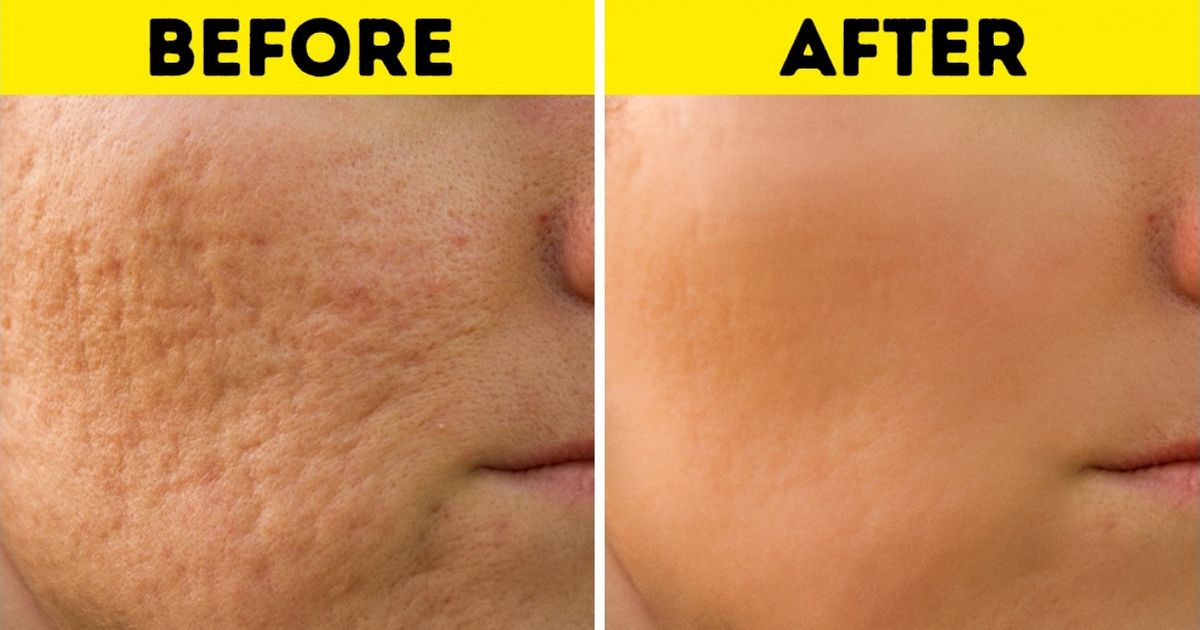
Fibrous tissue, or scar tissue, is your body’s attempt to repair what has been damaged. It’s a natural part of healing that takes a lot of time and patience. However, there is something you can try to do to help the process and improve the appearance of scarred tissue.
We at Bright Side have found these 10 useful tips for those of you who would rather forget about bike accidents, clumsy shaving experiences, or painful surgeries and would like to make those reminders on their bodies fade away.
9. Vaseline
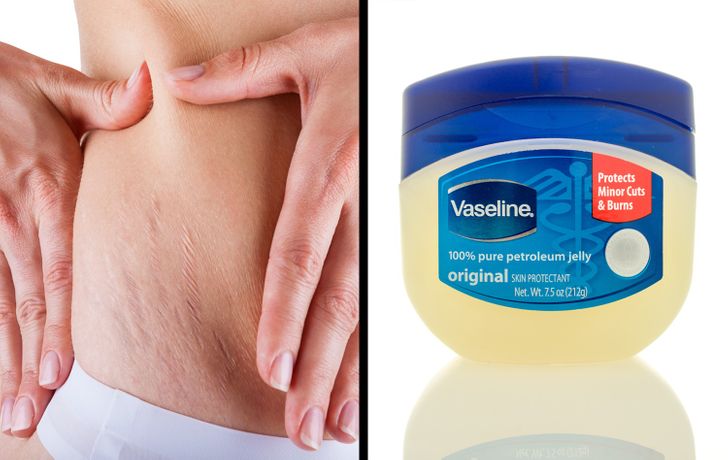
According to studies, Vaseline proved to be quite an effective and reliable remedy in comparison with expensive creams and serums. Applied 3 times daily for 1 to 3 weeks, this ointment helps you keep your skin hydrated so scarred skin appears less dry and rough.
Best for:
- atrophic scars, leftover chicken pox, and acne;
- stretch marks.
8. Pure Aloe Vera gel
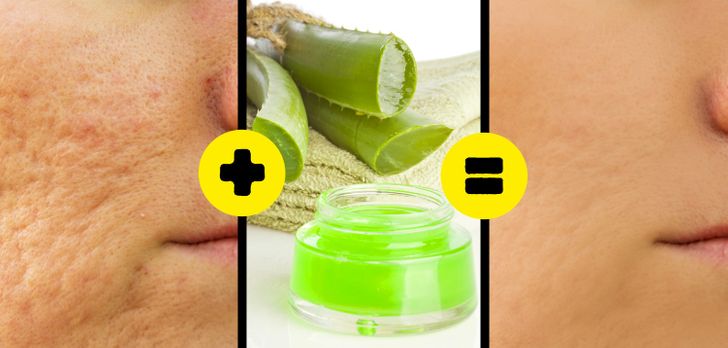
Aloe Vera has been used for centuries for its amazing therapeutic properties. Aloe Vera leaves contain a gel-like substance that promotes the skin regeneration process and has an anti-inflammatory and antiseptic effect on damaged skin. Apply Aloe Vera gel (just scoop it out of a leaf) directly on the scar, massaging in circular motions. Leave on for 30 minutes and wash it off. Apply twice a day and be consistent.
Best for:
- cesarean and other postsurgical scars.
7. Silicone
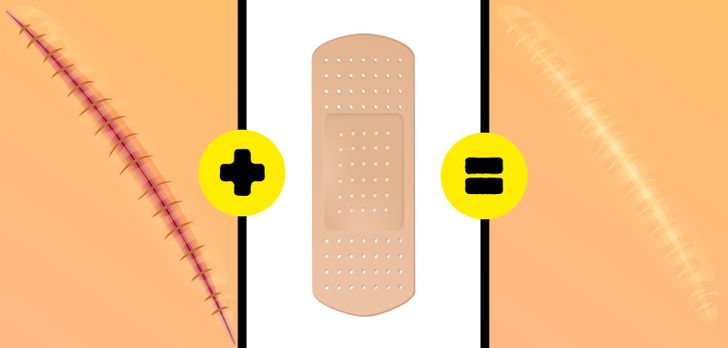
If you have hypertrophic scars and keloids, you can also try some special bandages like silicone sheeting pads or self-drying silicone gel. Silicone-containing remedies increase hydration and protect scarred skin from bacteria. As a result, scarred tissue appears flatter and softer. You can start using silicone sheets 2 weeks after your wound has healed (12–24 hours a day for at least 2 months). Silicone gel should be applied twice a day until noticeable results are achieved.
Best for:
- hypertrophic scars;
- keloids.
6. Essential oils (sandalwood oil and lavender oil)
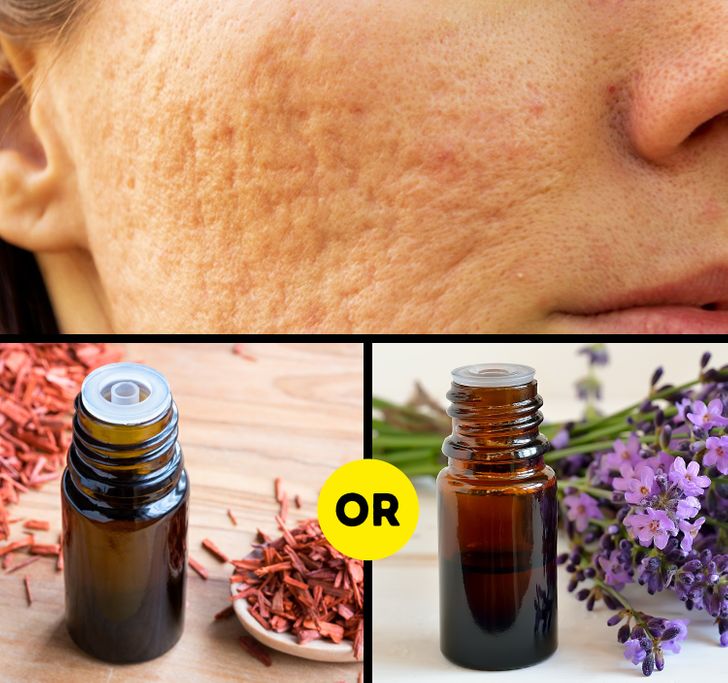
Essential oils in general promote collagen synthesis and carry antiseptic, anti-inflammatory, astringent, and healing properties. Sandalwood and lavender essential oils, in particular, can support the healing and regenerative processes if used regularly. Try massaging essential oils into your scar and notice how it gradually becomes less noticeable.
Best for:
- all types of scars.
5. Massage
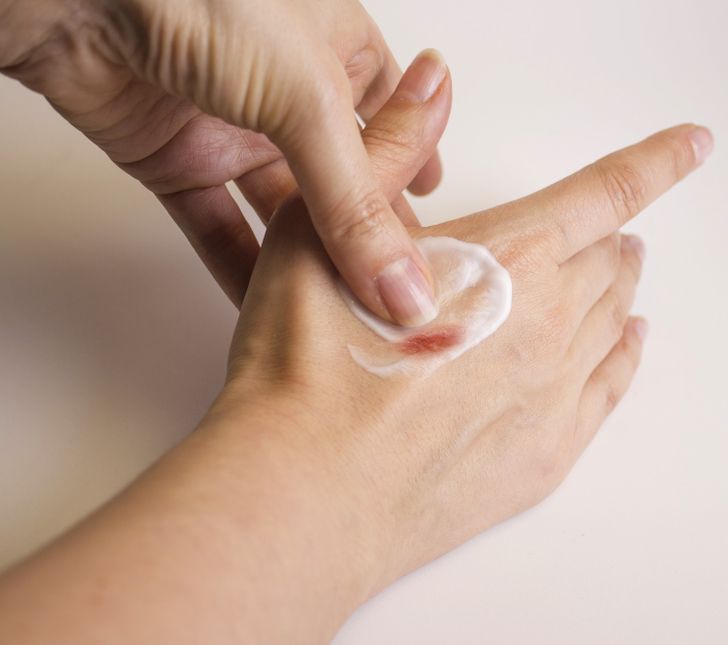
Another great and affordable way to help your scarred skin heal faster is to try to massage the area with lotion. If you gently massage the scar for 15-30 seconds a few times a day, it’ll help break down the dense bands of collagen that attach to underlying tissue.
Best for:
- keloid scars;
- cesarean scars and other surgical scars.
4. Onion extract
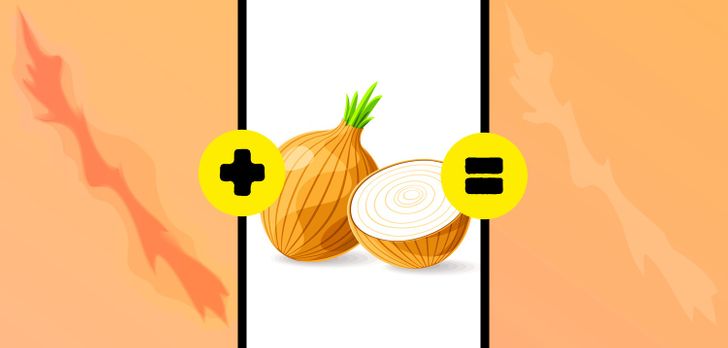
Due to their anti-inflammatory, antioxidant, and antibacterial properties, onion extract-based topical gels may significantly reduce the height and soften scarred tissue without side effects. Try using onion extract gel on hypertrophic scars 3 times a day during the early postsurgical period.
Best for:
- burn scars;
- hypertrophic scars from surgical wounds.
3. Apple cider vinegar + honey
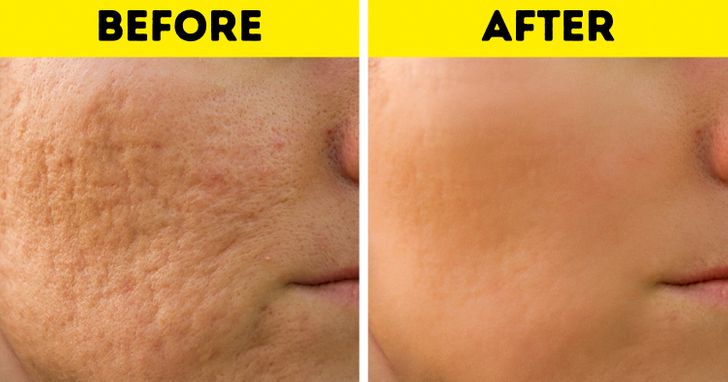
Due to its antimicrobial and antioxidant properties, apple cider vinegar is widely used as a natural disinfectant and astringent. It won’t help you get rid of those old ance scars completely, but it will surely reduce them so they are not as noticeable. To aviod redness and inflammation mix apple cider vinegar with raw honey, apply to the scars, and rinse after 10 minutes.
Best for:
- acne scars.
2. Oils (olive oil and coconut oil)
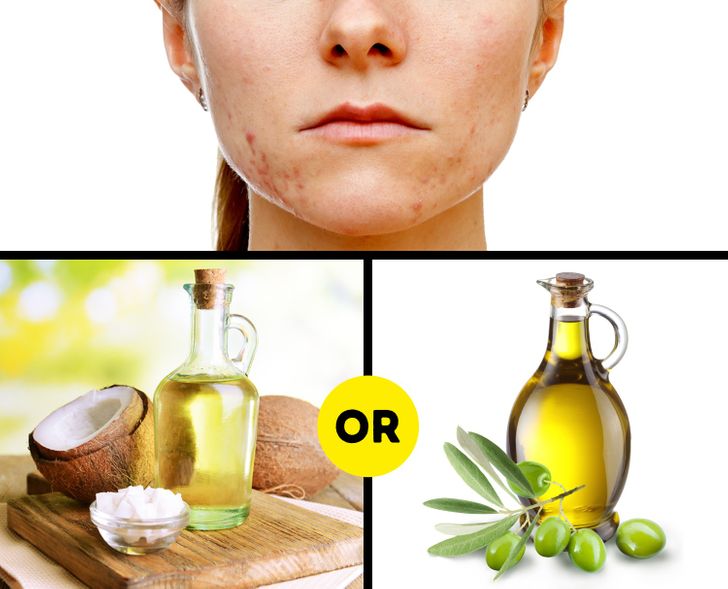
Natural plant oils have a wide range of great therapeutic effects. Coconut oil, for example, contains lauric, caprylic and capric acids, which help heal damaged skin by stimulating collagen production. Olive oil is rich in vital vitamins that promote the healing process of acne scars, keeping your skin hydrated and nourished. Try massaging the scar with olive or coconut oil for 5-10 minutes several times a day until you get the desired result.
Best for:
- acne scars.
1. Vitamin C
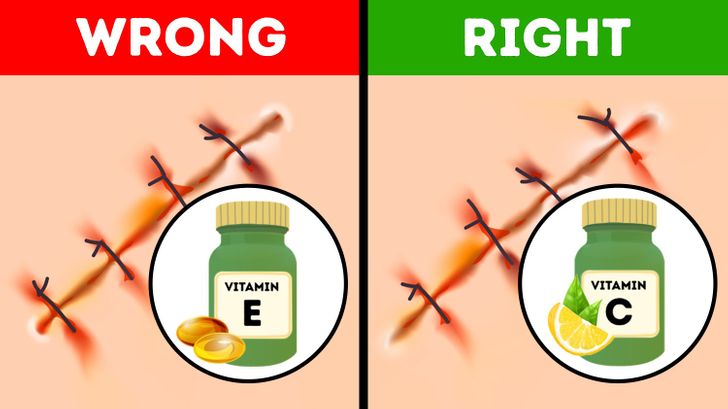
This may sound surprising but it’s vitamin C, not vitamin E, as many of us believe, that may gradually improve the appearance of scars. To boost the synthesis of collagen, our skin needs vitamin C. It also helps improve skin elasticity, reduces redness, and promotes wound healing. Doctors recommend both internal (drinks) and topical (creams) use.
Best for:
- acne scars;
- fine surgical scars.
Tell us which of these methods you’d try on your scars. Do you happen to know any other ways to make scars look better and help them heal? Please share with us the comments.
Comments
Words cannot describe how much Dermalmd Scar Serum has helped smooth out my complexion. I have been using it since September to help rid my face of acne scars and despite everything else I have tried, this amazing product actually works!
Related Reads
My Parents Said I Was Too Irresponsible to Own a Home, Now They’re Begging to Live in It

I Refused to Keep My Pregnancy Secret Just Because My Sister Lost Her Baby

15 People Who Didn’t Want a Cat but Were Chosen by Fate Anyway

I’m Childfree, but My Boyfriend Refuses to Accept It and Keeps Forcing Me to Have Kids

I Adopted a Son—Then His Biological Family Shattered Our World

I Refuse to Keep Supporting My Daughter and Her 5 Kids for Free

14 People Who Walked Straight Into Awkward Moments

I Kicked Out My Stepdaughter After She Ruined My Son’s Birthday Party

18 Stories That Prove a Cleaner’s Job Is About More Than Just Dusting

I Refuse to Keep Paying for “Family Trips” I Never Get to Go On

18 Stories That Show Kindness Can Be the Strongest Force of All

I Refused to Stay After My Husband Secretly Spoiled His Daughter—Then I Heard the Truth
